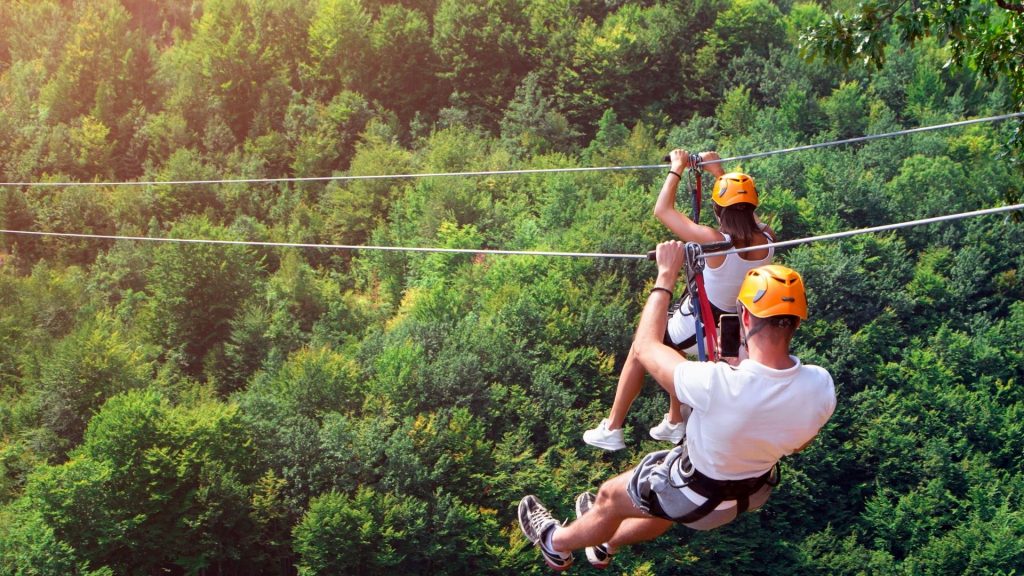Coral Crater Adventure Park Hawaii Kapolei
Coral Crater Adventure Park Hawaii
Hawaii is a very strategic military location for the United States. In fact, that is the primary reason that Hawaii was made a territory of the US and eventually the 50th state. Prior to World War Two, bases were being built around Oahu and one base was at Barber’s Point. To build the Barber’s Point Air Station, Coral rock was excavated from what is now Coral Crater.
Crater Adventure Park Oahu
The coral was used to make the coral runway. Coral Crater is now home to many endangered species of plants, insects, and animals. It also has a unique history about its formation in addition to being one of the most biodiverse areas on Oahu.
One theory is that coral reef deposits are likely what formed this crater structure. It is likely that coral reef deposits formed the crater structure due to coral having cells which grow in layers. These coral deposits will eventually cause an island to form if they stay underwater long enough. Coral rock was used to build the coral runway, so it’s no surprise that coral would have formed this area after thousands of years of coral deposition.
Another theory is that coral reef deposits did not form this crater structure. Instead, it’s possible a meteorite made this coral formation. The coral runway was built using coral rock which strengthens the possibility of coral rock having formed this coral crater structure. However, there are problems with coral forming a perfect circle. To begin with, coral surfaces often have coral debris on them. Coral reefs also contain coral branches which make up the coral reef structure. Thus, coral rock with a circular shape is unlikely to be entirely made of coral because coral reef structures do not form a perfect circle due to coral branches and coral debris being present on the surface.
For over 70 years, the jungle took over the crater and it’s 60 foot cliffs. In 2016, Coral Crater was developed with zip lines through the rainforest canopy and trails on the crater floor into an Adventure Park and Entertainment Center.
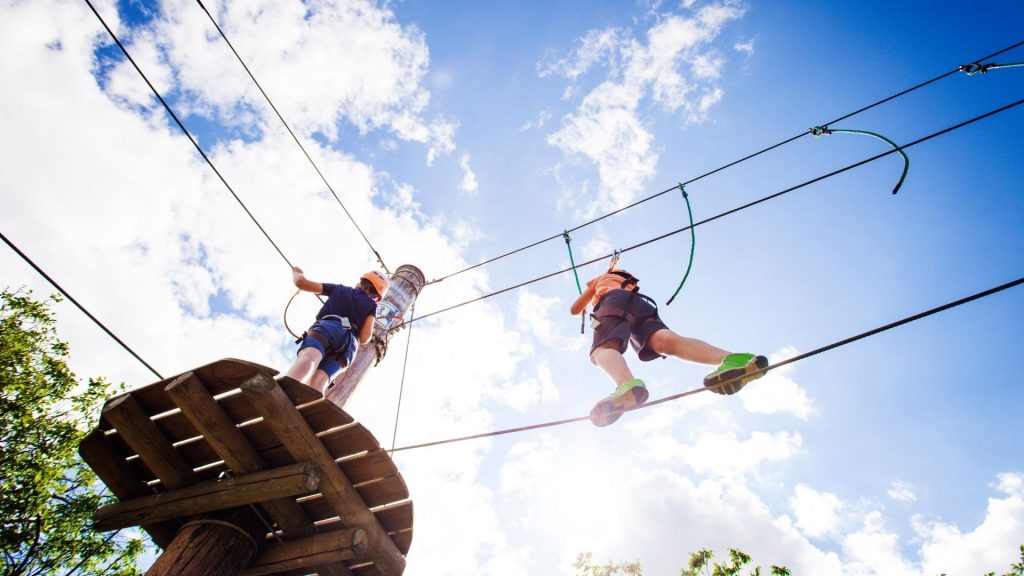
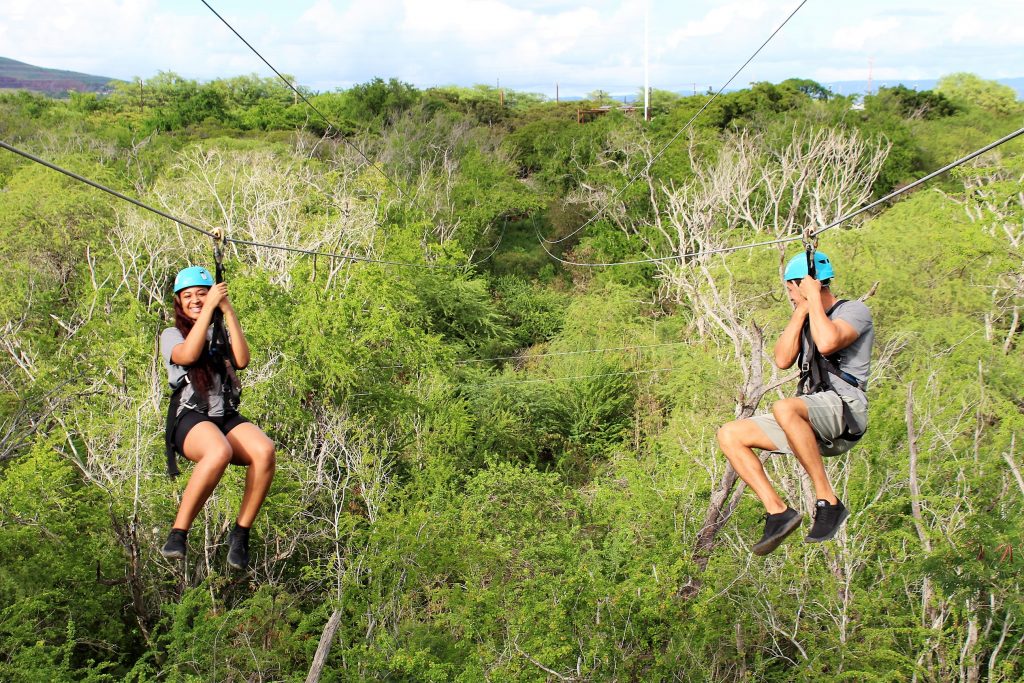
Coral Crater Honolulu
Coral Crater’s Oahu Adventure Park lush environment is home to wild pigs, mongoose, silkie bantam chickens, African Spurred Tortoises, and Nigerian goats. Even though it is famous for being a Zipline Kapolei, it has amazing grounds and areas that people love to explore.
The gardens at Coral Crater boast a good amount of the Native Hawaiian Canoe plants brought to Hawaii by the original voyagers from Tahiti and the Marquesas. Some examples are Kukui (candlenut), Mai`a (banana), niu (coconut), ‘ulu (breadfruit), uala (sweet potato), ko (sugarcane), and ‘ape (elephant’s ear).
Kukui Nuts Hawaii
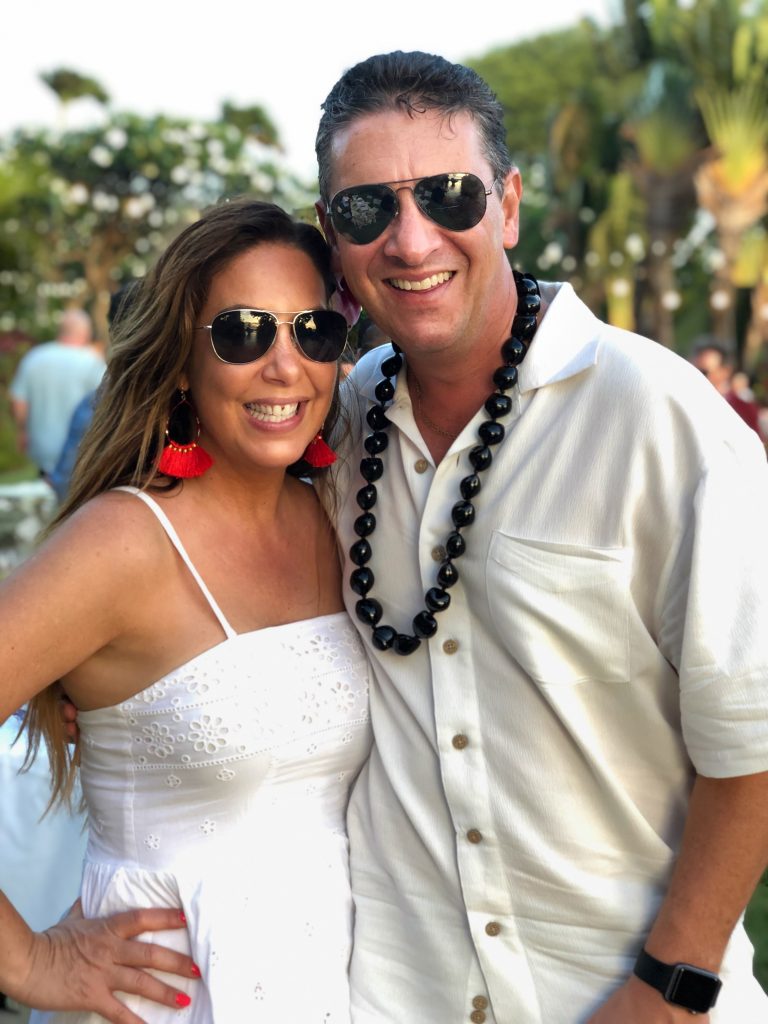
This nut is similar to an olive but has a bittersweet taste. The kukui nut oil is used in many cosmetic products due to the anti-inflammatory properties infused in this oil. Hawaiians also use the kukui nut oil for cooking because of its ability to withstand high heat without burning.
Kukui Nuts are used to make tools, canoes, surfboards, capes, skirts, leis, and the kapa cloth. This bark is also used to create traditional hula skirts made over time by women who collect Kukui bark from trees along Oahu’s North Shore. The inner bark of the Kukui tree is also a traditional food for many Native Hawaiians.
The kukui nut was named Hawaii’s State Tree after it became a popular resource used by Polynesians who settled in Hawaii. The kukui nut is now the official emblem of the University of Hawaii system and the state of Hawaii.
Mai`a (banana)
Hawaiians have been growing the banana plant since the beginning of recorded Hawaiian history. The Mai`a thrives in Hawaii because it can handle a variety of climates and soil types as well as resist pests that would otherwise harm this staple food crop. A new banana plant sprouts from the corm (fleshy part) of an old plant. The Mai`a fruit typically takes nine months to ripen, but the young banana shoots are edible and sweet when harvested before they become a fruit.
Hawaiians would commonly grow large fields of bananas for food by piling black coral rocks around the base of a coconut or kukui tree in a three-to-one ratio.
Additionally there are numerous fruits for sampling in season such as lilikoi (passion fruit), guava, egg fruit, peanut butter fruit, papaya, and more.
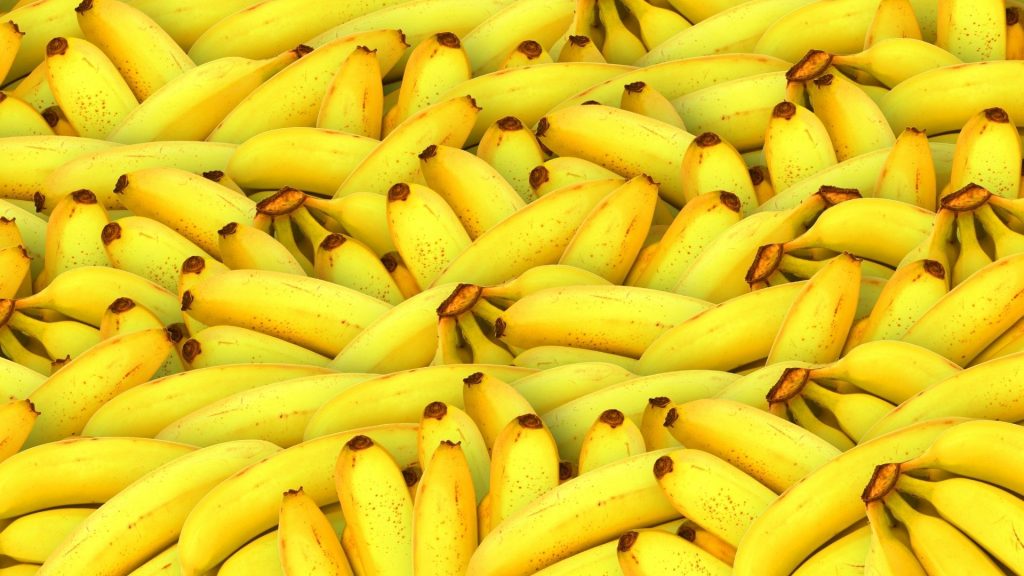
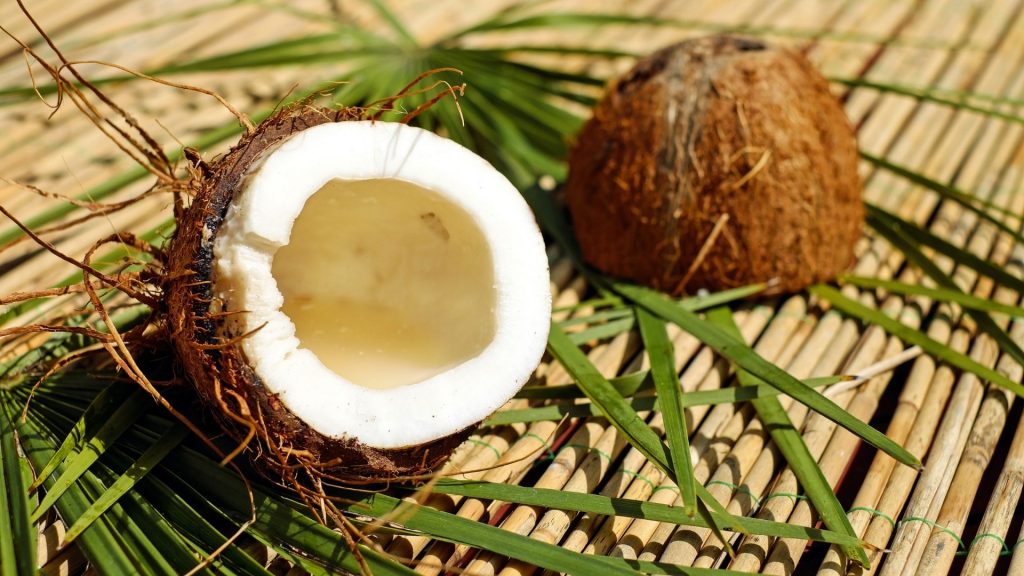
Niu (coconut)
The coconut tree (niu) has many uses. One use is the niu oil found in the meat of the coconut that can be used for cooking or as a skin moisturizer. The leaves are used for making baskets, house thatching, clothing, and medicine. When cut into strips, its fibers are twisted together to make cordage.
The juice from the coconut can be used for a beverage, as a broth base, or to tenderize meat. The husk is used for fuel and making brooms. A red pigment found in the flower petals of some varieties can be used to make lei. And finally, the Hawaiian word for “coconut” also means “head” because a coconut can be used as a weapon.
Ma`a (banana) and Niu (coconut) were chosen as the state vegetables of Hawaii to represent ancient Hawaiians who had access to them from land or sea. They both have many uses that helped ancient Hawaiian people survive with limited resources available for consumption.
Ulu (breadfruit)
The ‘Ulu is another canoe plant brought to Hawaii by the early Polynesian settlers. ‘Ulu was very important in ancient Hawaiian culture and located at high-end homes, such as kings’ and queens’. This fruit has a large cavity with many “eyes” so it will sprout new plants if planted and cared for properly. Hawaiians would “plant ‘ulu trees with the expectation that it would provide ‘ulu fruit and ‘ohi’a ‘ai (sweet potato) shoots as well as ‘uhalo’u (banana) suckers to eat over time.
The ‘Ulu fruit is round and green on the outside, turning yellow as it ripens. ‘Ulus with a fragrant aroma are best for eating fresh. ‘Ulu can be baked, mashed and fried, or cut into pieces and made into ‘ulu chips (called “chips ‘Ulu”).
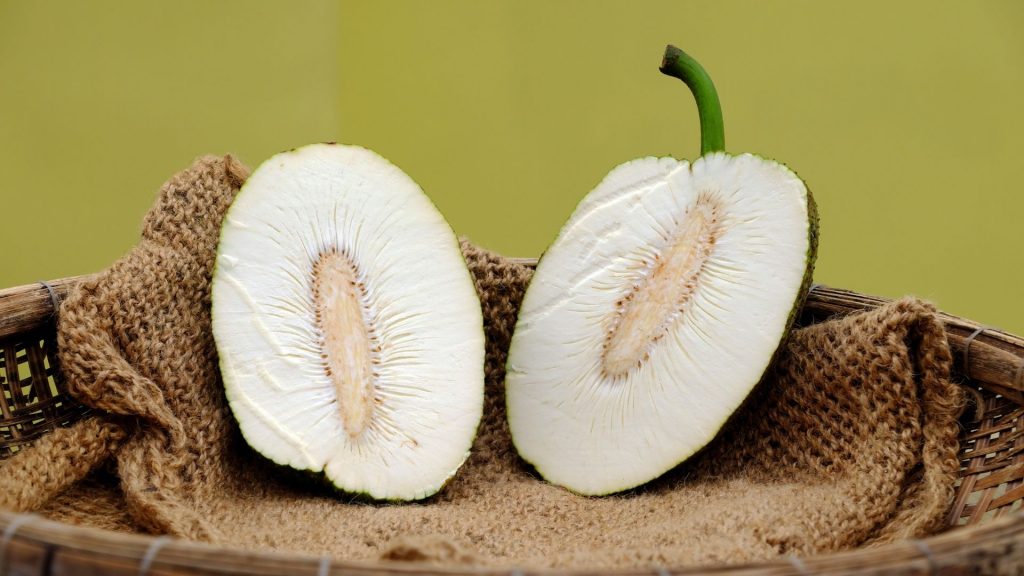
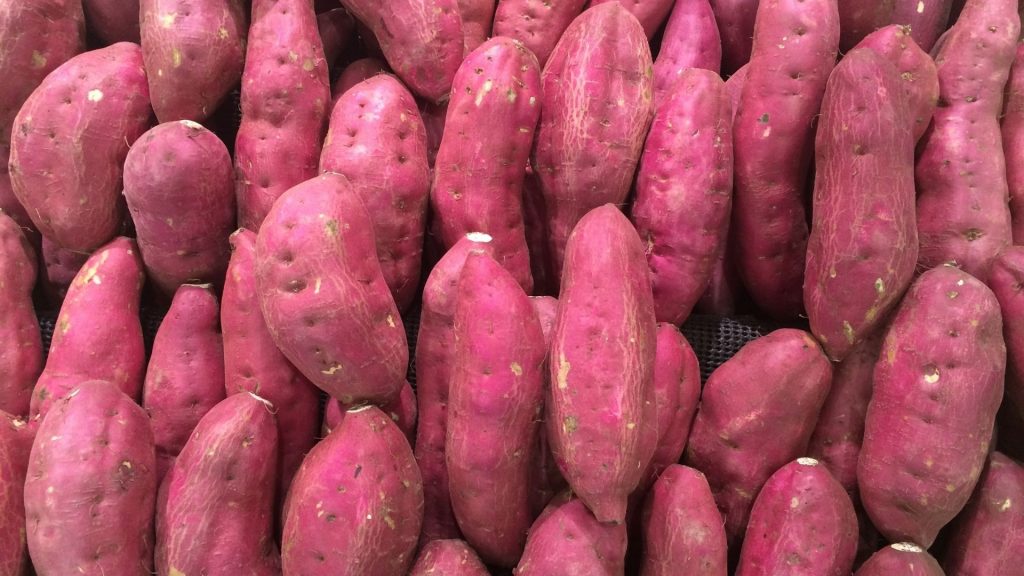
Uala (sweet potato)
The Uala is another canoe plant that was brought to Hawaii by the early Polynesian settlers. Uala requires a large amount of water to grow, so it can only be found in higher elevations or on heavily irrigated land with volcanic soil. Uala has leaves with purple veins and lavender flowers. Its roots are slender and cylindrical with a reddish-purple color. Uala is a traditional ingredient in laulau and other dishes. Uala can be prepared by boiling, steaming, baking or frying it. Once cooked, Uala looks a lot like the Okinawan sweet potato but is darker in color and has more moisture so it won’t dry out as easily as other sweet potatoes. Uala possesses a strong earthy taste, like the Okinawan sweet potato, but is sweeter and less starchy. Uala can be mashed to create baby food or used in sweets such as poi (a Hawaiian staple made from Ulu). Uala is also used for making chips and crackers. Uala is considered a super food native to Hawaii and can be purchased at various Whole Foods stores or online.
Ko (sugarcane)
The Ko plant is not a canoe plant brought to Hawaii by the early Polynesian settlers, but was introduced around the time of King David Kalakaua’s reign in 1876. Ko requires a medium amount water to grow and it does well in volcanic soil or loamy soil with high organic content. Ko has blue-green leaves that are long and narrow with blade tips that taper into points along its length. Ko can be harvested up to five years after planting, yielding 20-30 tons per acre every year for many years after planting. Ko looks very similar to sugarcane, but its stalk is more slender than sugarcane’s rotund version. When cut open, Ko stalks will have white juice and Ko leaves will have a purple hue.
Ko is used for making Ko chips, Ko sauce (no sugar added), Ko-sugar (raw cane sugar) and Ko ice cream. Ko was an important source of food and energy during the time Hawaii became a plantation state from 1835-1920 because it could withstand hard work in harsh conditions whereas other crops were unable to. A lot of Ko was planted on the Big Island, some as far back as 200 years ago before Hawaiians started working as workers on plantations. In recent years, many farmers have been planting Ko again to create a local sweetener or to produce biofuel that can provide clean energy for Hawaii’s cars and trucks.
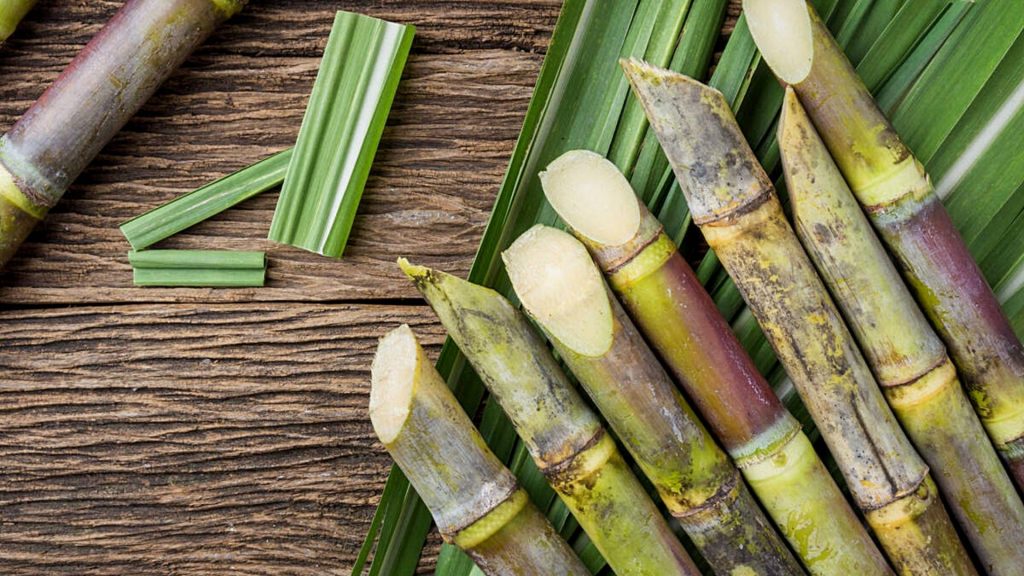
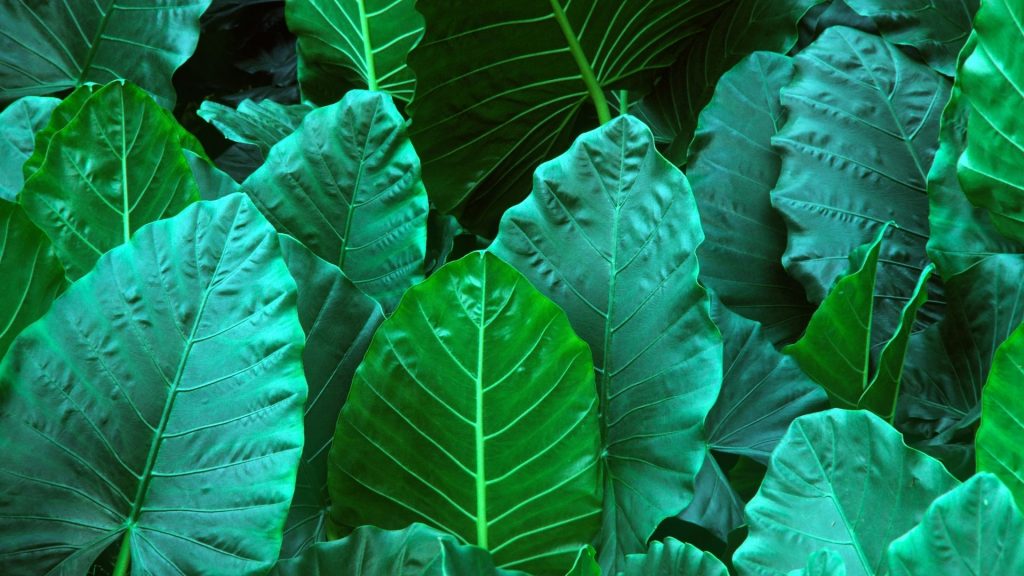
Ape (elephant’s ear)
The ‘Ape is another canoe plant brought to Hawaii by the early Polynesian settlers. ‘Apes require a large amount of water to grow so they are usually found near streams or ponds where “the ‘ape plant will be much larger than those growing in dry areas,” according to “Hawaii: An Explorer’s Guide” (pg 42). ‘Apes have leaves with red veins and an elephant ear-like shape. The ‘ape root is large and fleshy and can be made into poi or tapa cloth. ‘Apes can also be used as pig feed because pigs love the taste of raw ‘apes (it may taste like ginger); ‘apes are eaten at ‘auana (afternoon) meals in Hawaii. ‘Apes grow best if their taproots are planted deep so “during harvesting, care must be taken to leave some ‘ape plants behind for regrowth”.
Coral Crater Zipline Oahu
It’s an adventure for the whole family and something for everyone. Feel the thrills of riding a zipline almost 30 mph, hop on an ATV to learn to drive on a berm, conquer a 50 foot climbing wall, freefall from a tower, and prove you are a ninja warrior. Coral Crater Zip Line Kapolei is the perfect afternoon adventure when looking for Kapolei zip lining.
Oahu Zipline Tour At
Coral Crater Adventure Park
Coral Crater Adventures follows eco-friendly practices such as using recycled materials for construction, using locally collected rocks to build walls and parking lots while simultaneously hollowing them out to make water tanks for irrigation, reusing tap water to irrigate plants (so it isn’t wasted), installing solar panels to power their offices and building a composting system that processes all food waste into rich soil fertilizer. Coral Crater Adventure has something for everyone: ziplining through the forest, ATV riding in the desert, climbing a 50 foot rock wall, and more.
It’s an adventure for the whole and something for everyone.
Every attempt is made to use native resources for construction and be environmentally responsible when it comes to landscaping/gardening.
